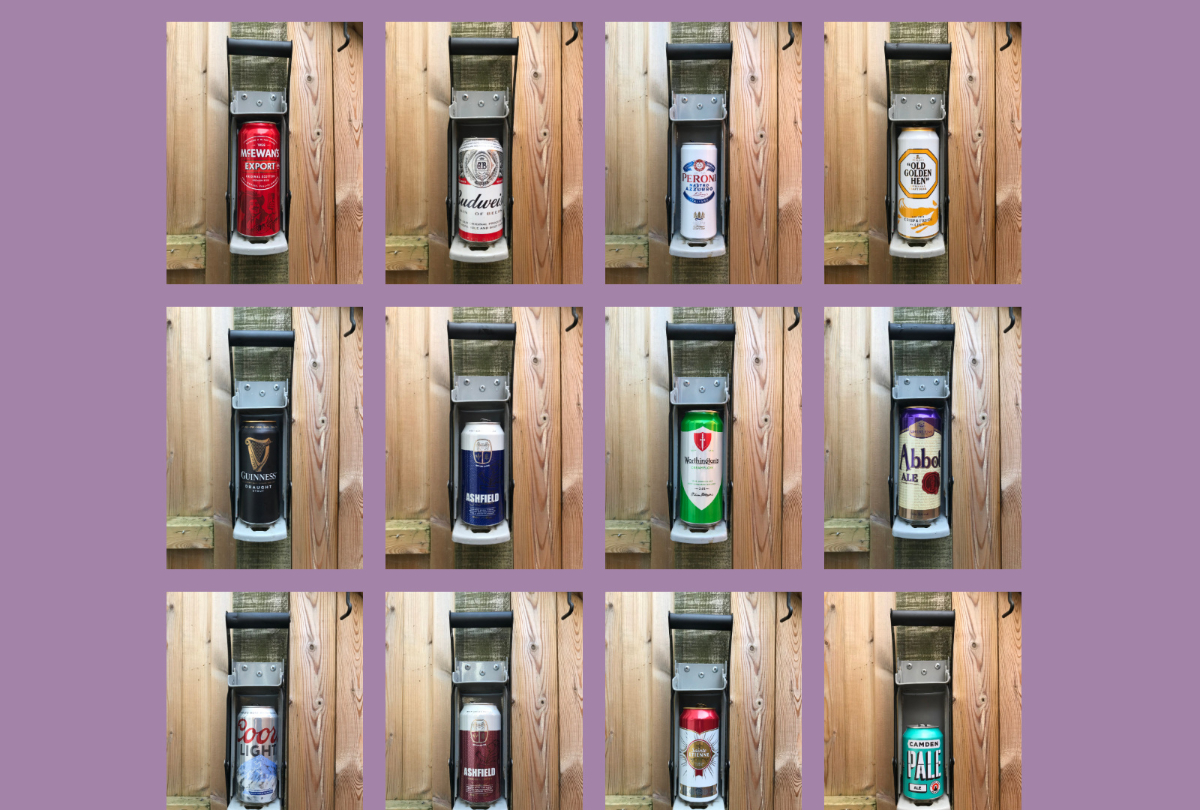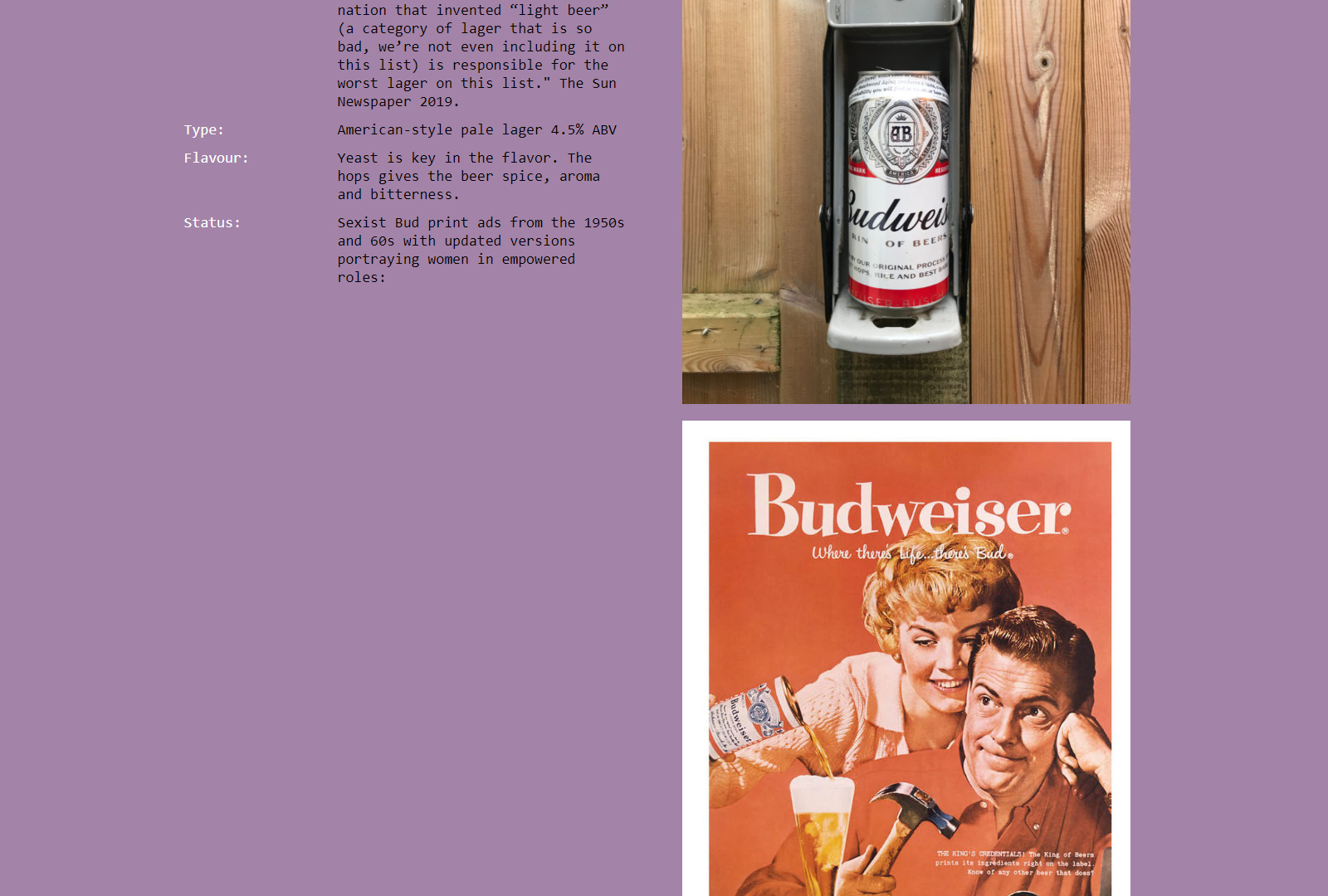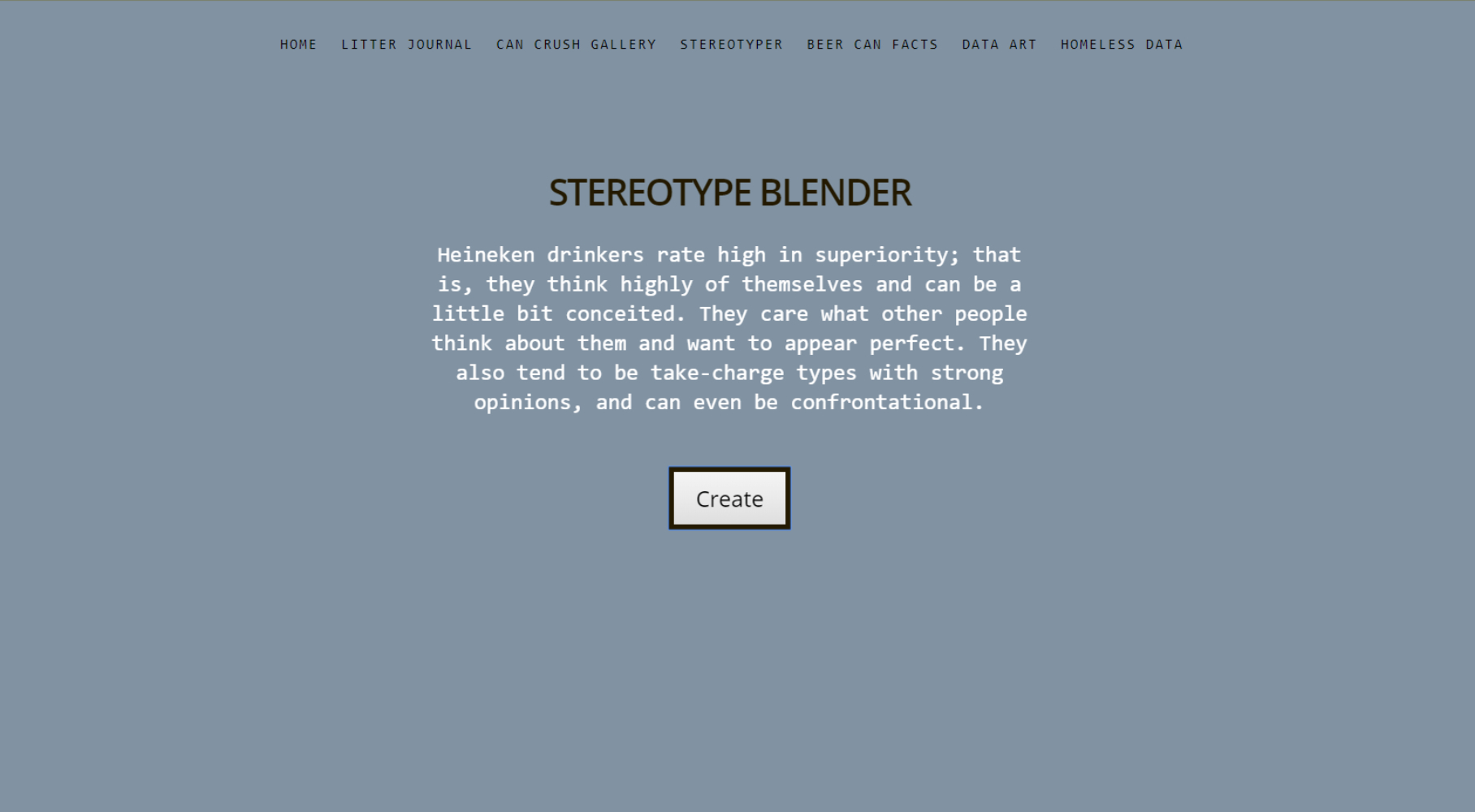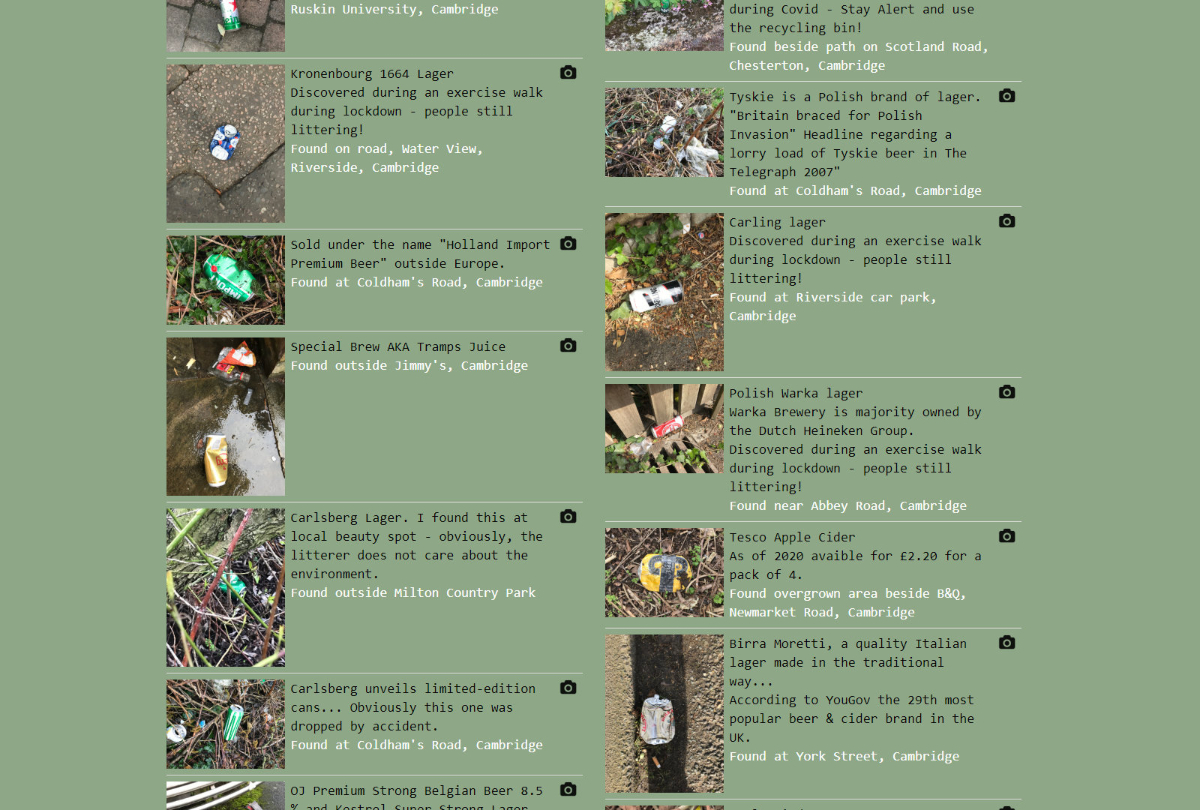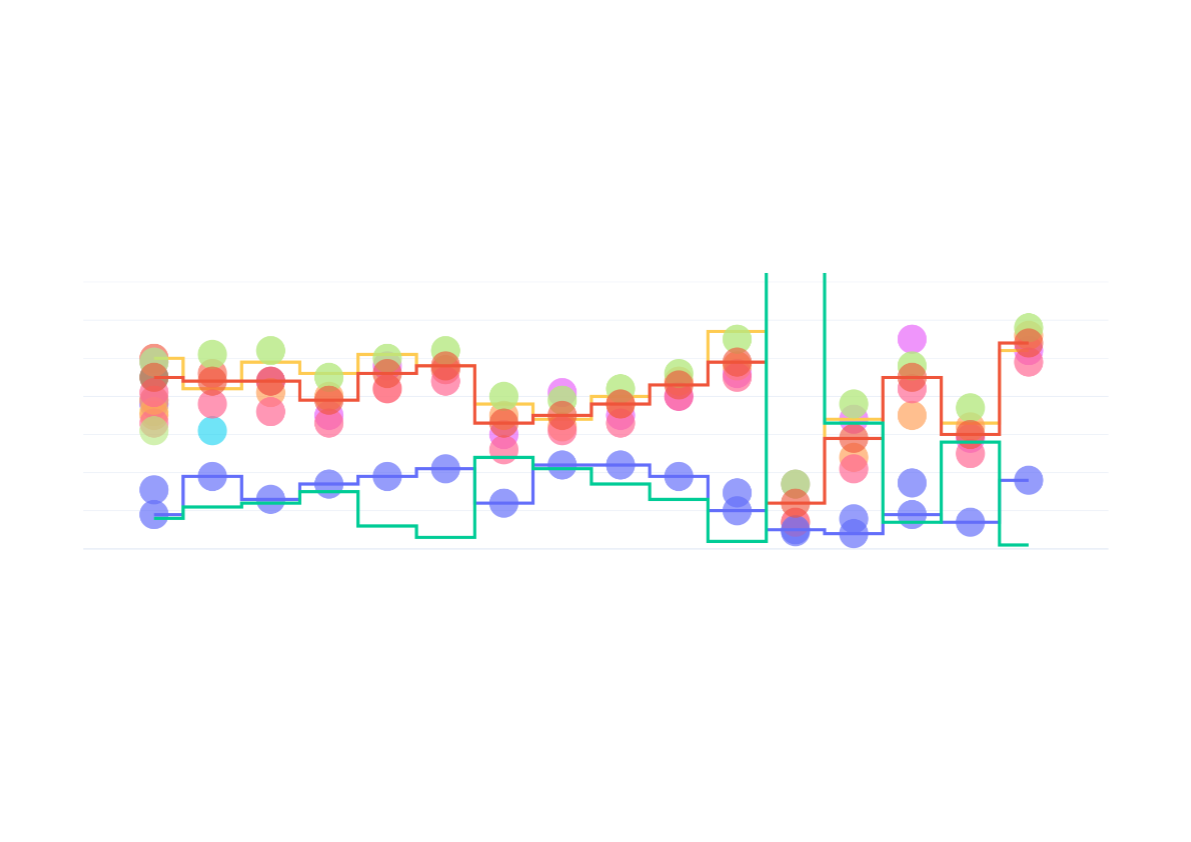Object Identity
I created this in 2020 as a MA Fine Art student, when a bottle of beer or a trip to the pub was a luxury whereas canned beer, which is often on offer in most supermarkets, is a cheaper option. And at a recent gathering of friends and family, someone questioned why I was drinking canned beer (from a glass) and not my usual varied selection of bottled real ales – I explained that it was because I was a full-time student and needs must. This prompted a discussion about what other people were drinking and why would someone drink Fosters or Coors light - they will drink anything. This in turn brought up the question of gender, cultural and social stereotypes. Are you a hipster because you drink craft beer? What if you consume Special Brew or Tenants Extra, both of which are synonymous with homeless drinkers and nicknamed Tramps Juice by the media? Especially, when you consider Special Brew was originally created in Holland to celebrate a visit by Winston Churchill and incorporated the flavour of his favourite cognac - a fact that Waitrose played upon when they tried to target a more affluent audience.
With this in mind, I decided to explore the beer can as a metaphor and research the brands, drinkers and issues with recycling. Crushed cans can help save space, making transporting recyclables more efficient. I purchased a can crusher because, in Cambridge the local council request that cans are crushed before recycling. I then decided to document and collect the crushed cans in the form of interactive gallery. Clicking on a beer can image reveals associated information, comments and advertising.
Can Crush Gallery
Crushed cans can help save space, making transporting recyclables more efficient. I purchased a can crusher because, in Cambridge the local council request that cans are crushed before recycling.
Exploring the can as a metaphor, I have researched Internet for random information and comments about each brand.
Stereotype Blender
For this section of the artwork I collated beer drinking demographics, comments about beer brands and the people who drink them. Demographics are often used to pigeonhole sections of society and so many of us make assumptions about beer drinkers and what section of society they belong to. I created this artwork to challenge the stereotypes by randomising the collated comments, brands and drinker type.
"From the ethnographic material available, it is clear that in all cultures where more than one type of alcoholic beverage is available, drinks are classified in terms of their social meaning, and the classification of drinks is used to define the social world. Few, if any, alcoholic beverages are ‘socially neutral’: every drink is loaded with symbolic meaning, every drink conveys a message. Alcohol is a symbolic vehicle for identifying, describing, constructing and manipulating cultural systems, values, interpersonal relationships, behavioural norms and expectations. Choice of beverage is rarely a matter of personal taste." (SIRC, Social Issues Research Centre, 1998, Social and Cultural Aspects of Drinking)
Beer Can Litter Journal
The litter journal documents the discarded beer and cider cans I have discovered across Cambridge. Cans that probably won't be recycled.
Crushed Can Gabions
I collected up the cans drank over a three month period at my home and carrier bag full from one night at the Portland Arms Pub, crushed them, and then filled two gabions.
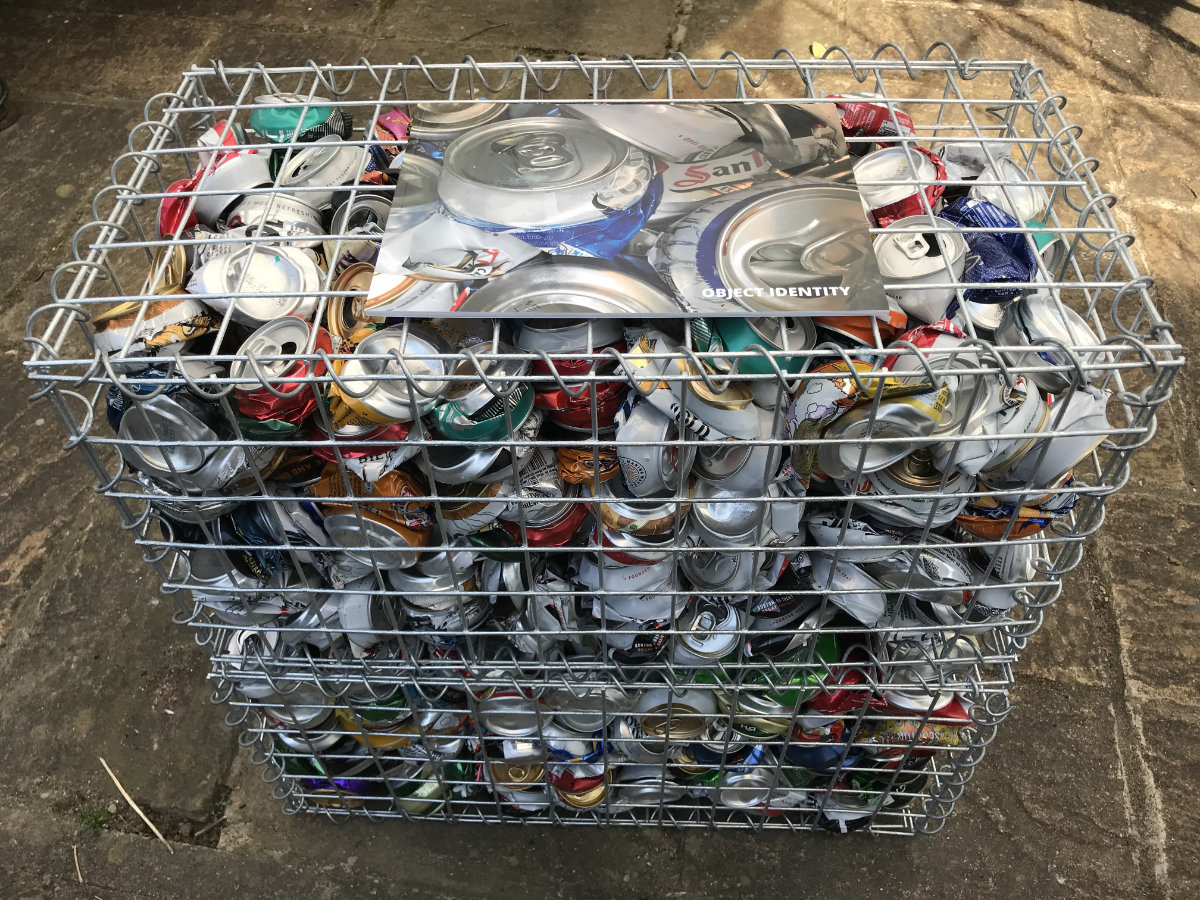
Completed gabions
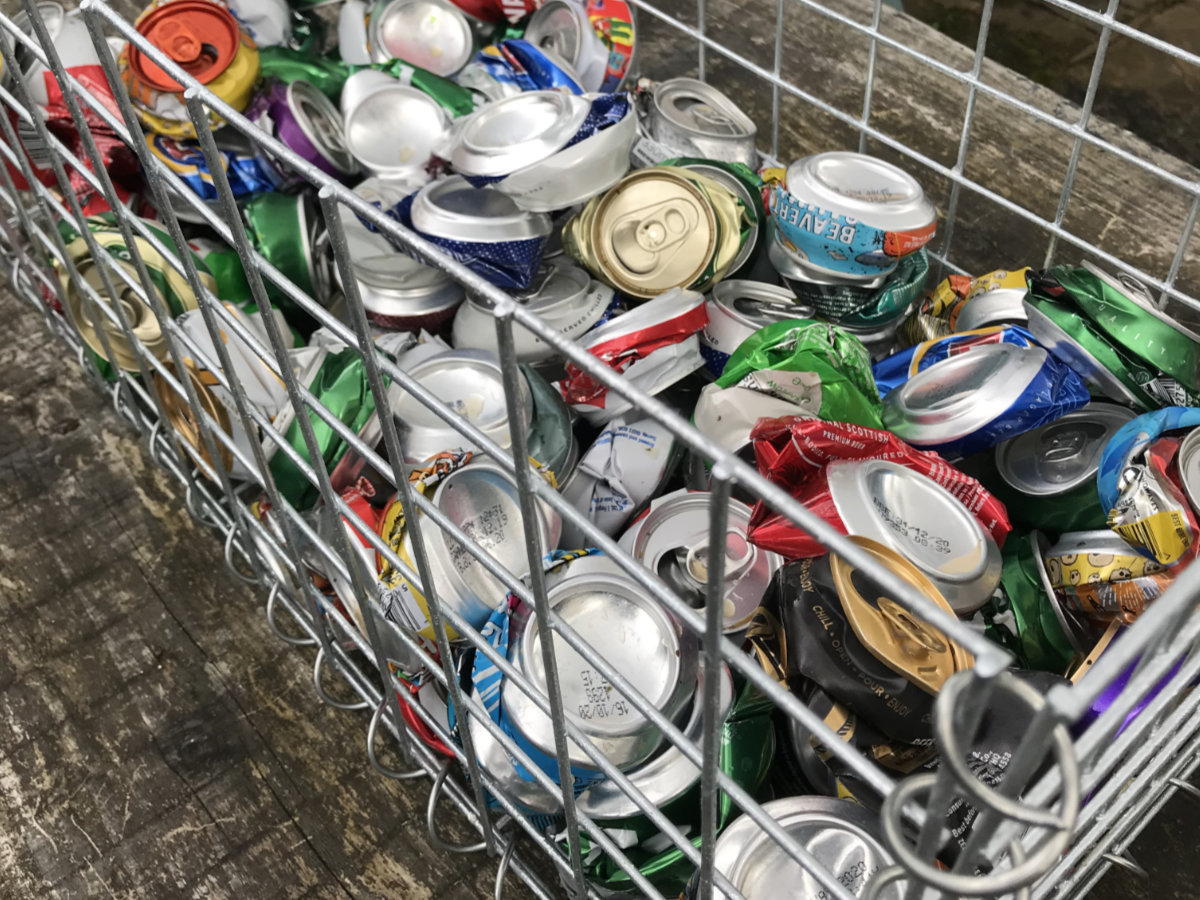
Gabions in progress
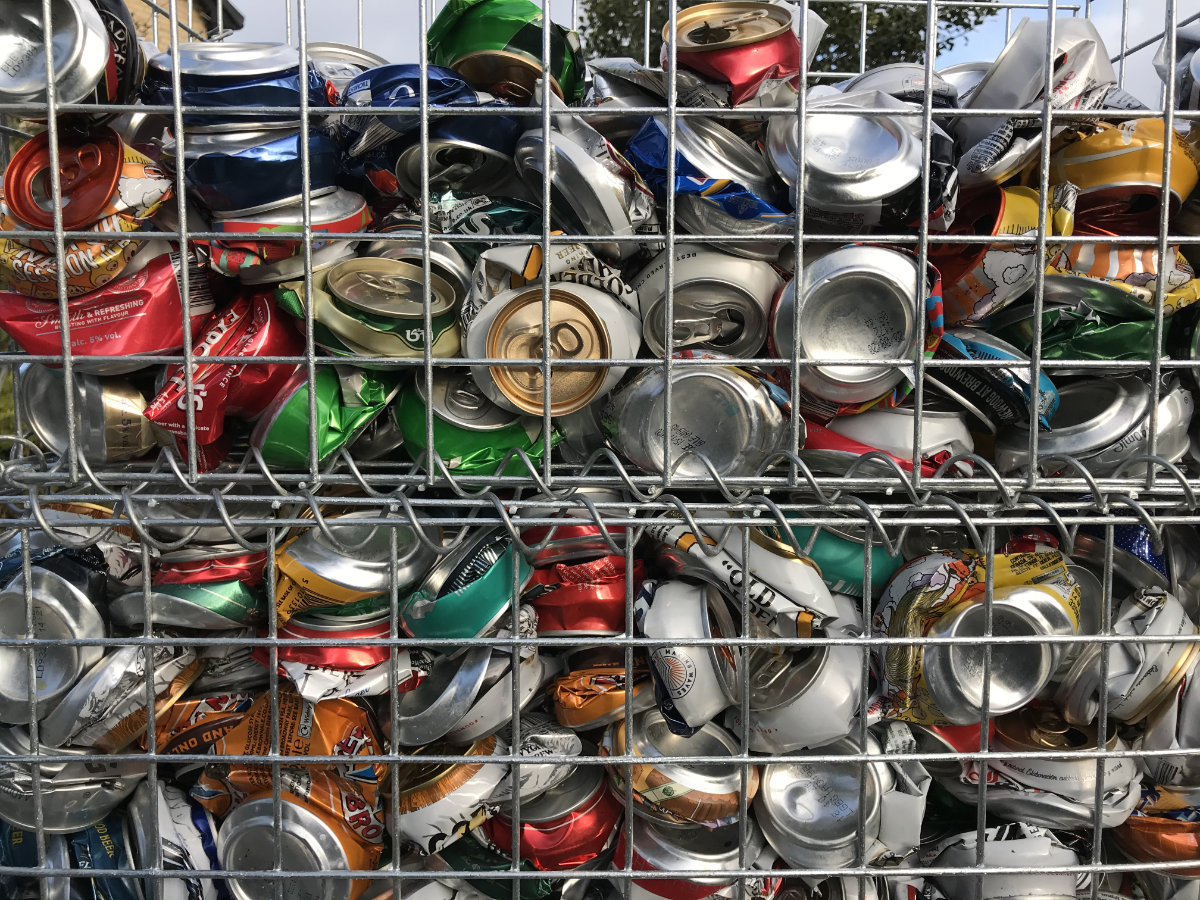
Detail of gabions filled with crushed beer cans
Object Identity - Printed Book
I created to book to be presented on can filled gabions and exhibited in a gallery space.
Data Visualization
Using the collated data I then created a graphical interpretaion in the form of a series of limited edition prints.
